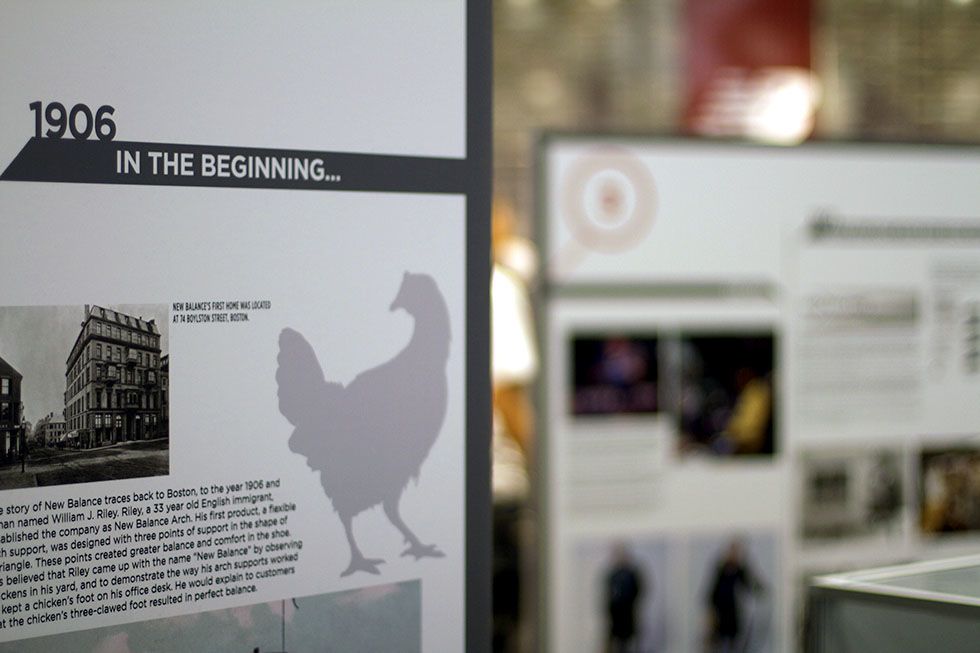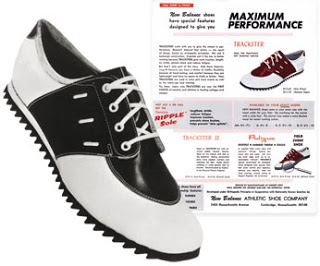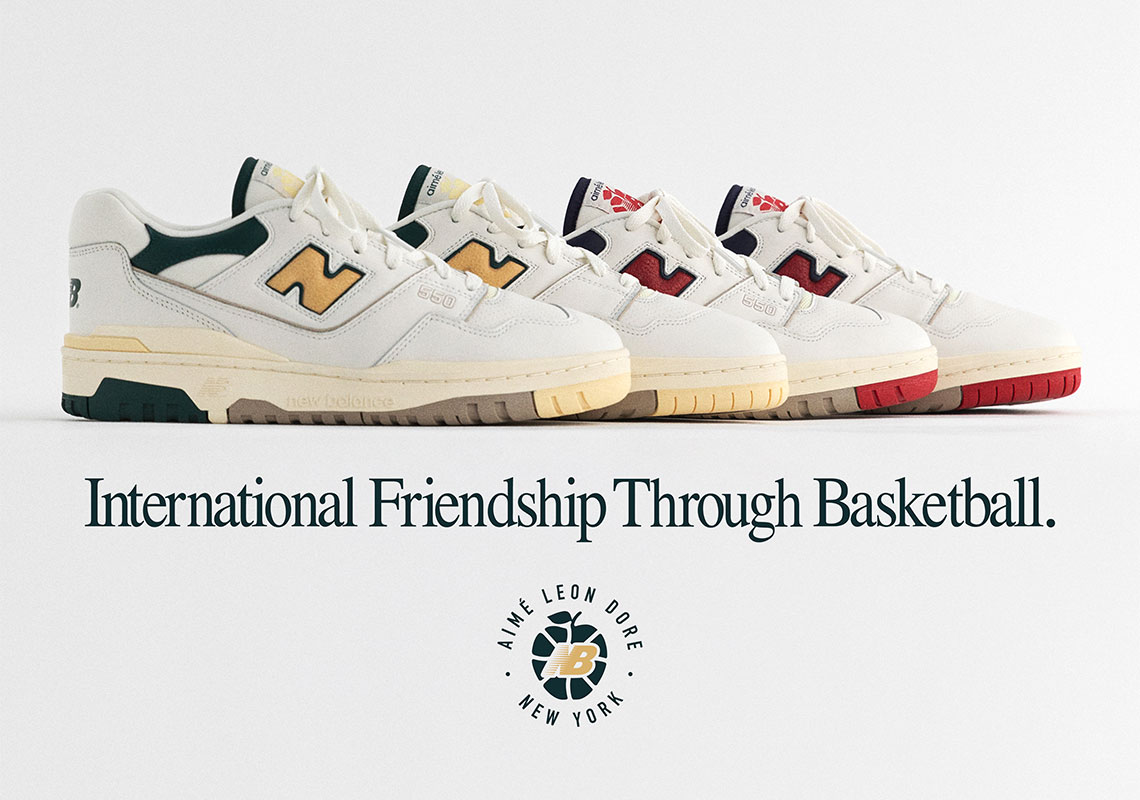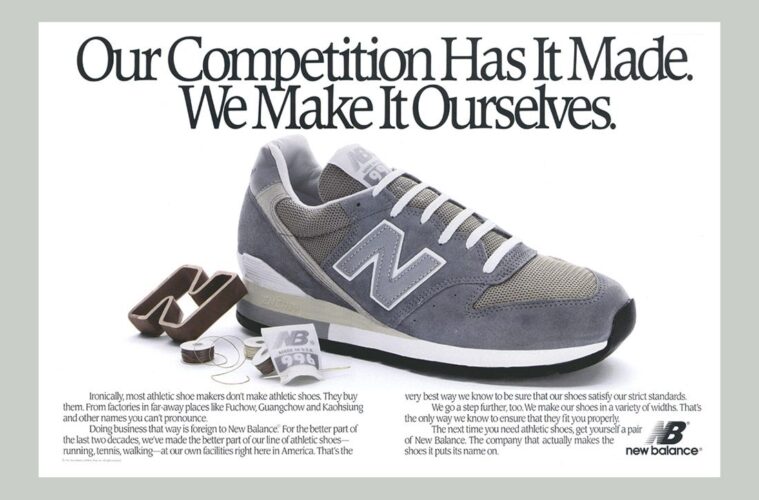New Balance has grown into a sought-after footwear brand that yields a sleek consistency that cannot be matched by other sneaker giants. This is best exemplified by the fact that New Balance names all their sneakers after unique model numbers so that customers view all their products equally. The story of how the Boston, Massachusetts-based company went from 6 employees to one of the most recognizable names in footwear is sure to provoke feelings of admiration.

Image Courtesy of Shelf Life
Humble Beginnings
New Balance was founded before sneakers were ever conceived in 1906 by an English immigrant by the name of William J. Riley. Supposedly inspired by chickens roaming his Boston, Massachusetts backyard, Riley named the company “New Balance” after the animal’s 3 pronged feet that provided perfect stability. Riley started out crafting arch support and prescription footwear and in 1927 hired Arthur Hall as a commissioned salesman. Hall would travel around the New England area and market the products to workers standing on their feet all day such as policemen and firemen.

Image Courtesy of New Balance
The Trackster
Arthur Hall would go on the take over the company in 1950, and 3 years later sold the company to his daughter Eleanor and her husband Paul Kidd for $100,000. New Balances’ first shoe to attract notoriety was manufactured in the basement of Eleanor and Pauls’s house, called The Trackster. It featured a rippled outsole and came in different widths, which set it apart from the metal spiked print shoes that were standard among track-and-field shoes at the time. The Trackster was a huge hit and solidified New Balance as an up-and-coming athletic footwear manufacturer.

Jim Davis, Image courtesy of Greek Gateway
Enter Jim Davis
On the day of the 1972 Boston Marathon, an outsider Jim Davis purchased the company. Before Davis joined the team, New Balance only had 6 full-time employees who produced 20-30 shoes a day and mainly sold their products through mail-order catalogues. Davis had the vision to bring the company to the next level while sticking to the same distinction and unique customer shoe preference that made New Balance so successful. In 1976 Runners World magazine crowned the New Balance 320 and 305 as the best running shoes, right as the trend of running and exercise began to take off. So now New Balance was at the front of the athletic world at a time when running became all the rage.

Steve Jobs Wearing 992’s, Image Courtesy of Forbes
990, 574, 420 etc.
Once New Balance became an established force in the athletic landscape, they kept the snowball rolling introducing new models of sneakers throughout the years. In 1982 New Balance released the 990 complete with a foam midsole and suede upper that became the first sneaker to reach to $100 mark (a price tag of $278 today). 1988 saw the release of the 574, which saw New Balance introduce a little more colour and consideration into aesthetics. These two models along with countless others released throughout the 80s and 90s are still largely popular today, being reworked and re-released every year.

Image Courtesy of Sneaker News
Present Day
For a company to last over a century in a market as competitive as footwear requires something significant. During the era when manufacturers were outsourcing production to places where labour was cheapest, New Balance responded by continuing investment in domestic production. Today New Balance still handles a considerable amount of production in the US, as well as in the UK to serve their European market. Today the company continues to push boundaries and expand into new markets, with streetwear collaborations (to read about JJJJound, a New-Balance collaborator, check out this HOLR article) and contracts with professional athletes. If the shoes were good enough for Steve Jobs and Barack Obama, there has to be something there right?


